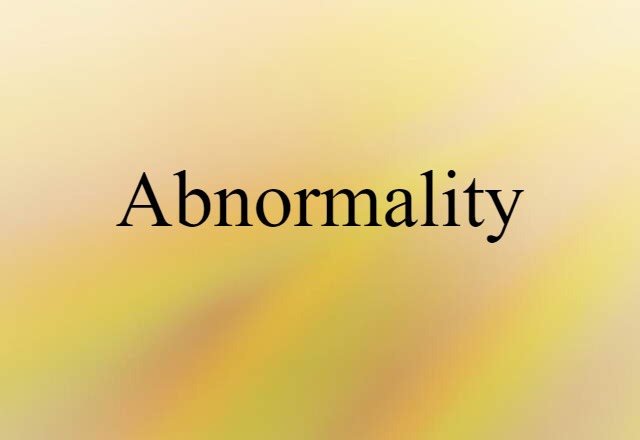- the trend or movement prevailing in the architecture of Europe, America, and various European colonies at different periods during the late 18th and early 19th centuries, characterized by the introduction and widespread use of Greek orders and decorative motifs, the subordination of detail to simple, strongly geometric overall compositions, the presence of light colors or shades, frequent shallowness of relief in ornamental treatment of façades, and the absence of textural effects.
- stylistic principles that attempt to revive classical Greek or Roman aesthetics or philosophy in art, literature, etc.
- any of various movements of the late 1600s to the mid 1800s in architecture, the arts, literature, etc. that attempted to revive classical Greek or Roman aesthetics or philosophy.
- a late 18th- and early 19th-century style in architecture, decorative art, and fine art, based on the imitation of surviving classical models and types
- a movement of the 1920s, involving Hindemith, Stravinsky, etc, that sought to avoid the emotionalism of late romantic music by reviving the use of counterpoint, forms such as the classical suite, and small instrumental ensembles
















